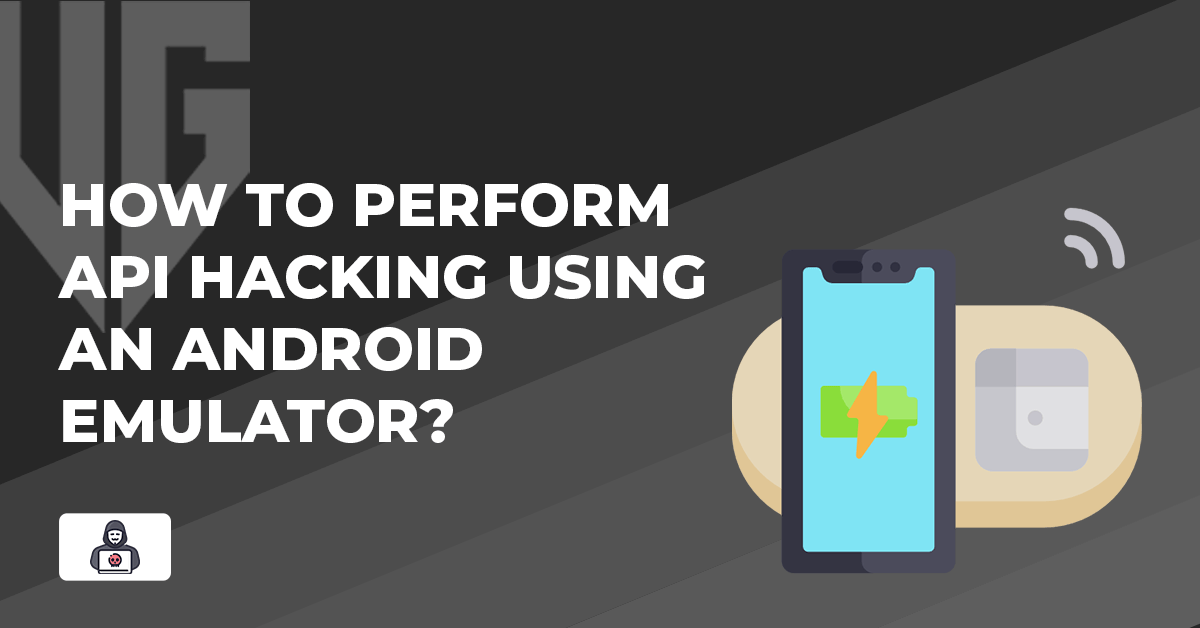 Why trust VPN Guider
Why trust VPN Guider
API hacking exploits vulnerabilities in an API (Application Programming Interface) to gain unauthorized access to data or perform malicious actions. One way to perform API hacking is by using an android emulator, software that allows you to run android applications on your computer.
Steps before API Hacking using Android Emulator [year]

Before you begin, you will need to download and install an android emulator on your computer. Several options are available, such as BlueStacks, NoxPlayer, and LDPlayer. Once you have your emulator set up, you can install any android app you wish to hack and run on your computer.
Next, you will need to identify the API endpoint(s) the app uses to communicate with the server. This can typically be found in the app’s source code or using a tool such as Burp Suite to intercept the app’s network traffic.
Once you have identified the API endpoint(s), you can begin testing for vulnerabilities. One common vulnerability is insecure input validation, where the app does not correctly validate user input before sending it to the server. This can allow an attacker to inject malicious code into the API request, which the server can execute.
Another vulnerability is the need for proper authentication and authorization. The app may need to properly verify that the user can access the requested data or perform the requested action. This can allow an attacker to gain unauthorized access to sensitive information or perform unauthorized actions.
[postFaq]
Other vulnerabilities you can look for include the following:
- Weak session management: The app may not correctly handle user sessions, allowing an attacker to hijack a user’s session and gain unauthorized access.
- Resource exhaustion: The app may not correctly limit the number of resources an attacker can consume, which can lead to a denial of service (DoS) attack.
- Insecure data storage: The app may not adequately protect sensitive data stored on the device, allowing an attacker to steal this information.
It’s important to note that API hacking is illegal and can cause significant harm to both individuals and organizations. It should only be performed as part of a responsible vulnerability disclosure program or with explicit consent from the API provider.
In conclusion, API hacking is exploiting an API’s vulnerabilities to gain unauthorized access to data or perform malicious actions. Using an android emulator, you can run android apps on your computer and test for vulnerabilities in the API endpoint(s) the app uses to communicate with the server.
However, it’s important to remember that hacking is illegal and should only be performed as part of a responsible vulnerability disclosure program or with explicit consent from the API provider.
Common vulnerabilities while hacking an android emulator through an API

Some common vulnerabilities to look for when hacking an android emulator through an API include the following:
- Insecure input validation: The app may not correctly validate user input before sending it to the server, which can allow an attacker to inject malicious code into the API request.
- Lack of proper authentication and authorization: The app may need to properly verify that the user can access the requested data or perform the requested action.
- Weak session management: The app may not correctly handle user sessions, allowing an attacker to hijack a user’s session and gain unauthorized access.
- Resource exhaustion: The app may not correctly limit the number of resources an attacker can consume, which can lead to a denial of service (DoS) attack.
- Insecure data storage: The app may not adequately protect sensitive data stored on the device, allowing an attacker to steal this information.
[postVpn]
Techniques to hack an android emulator through an API
Some standard tools or techniques that can be used to hack an android emulator through an API include:
- Burp Suite: A web application security testing tool that can be used to intercept network traffic and identify vulnerabilities.
- Fuzzing: A technique that involves providing unexpected or malformed input to an app to test its ability to handle it and identify vulnerabilities.
- Reverse engineering: A technique that analyses the app’s code and architecture to identify vulnerabilities and understand how the app works.

